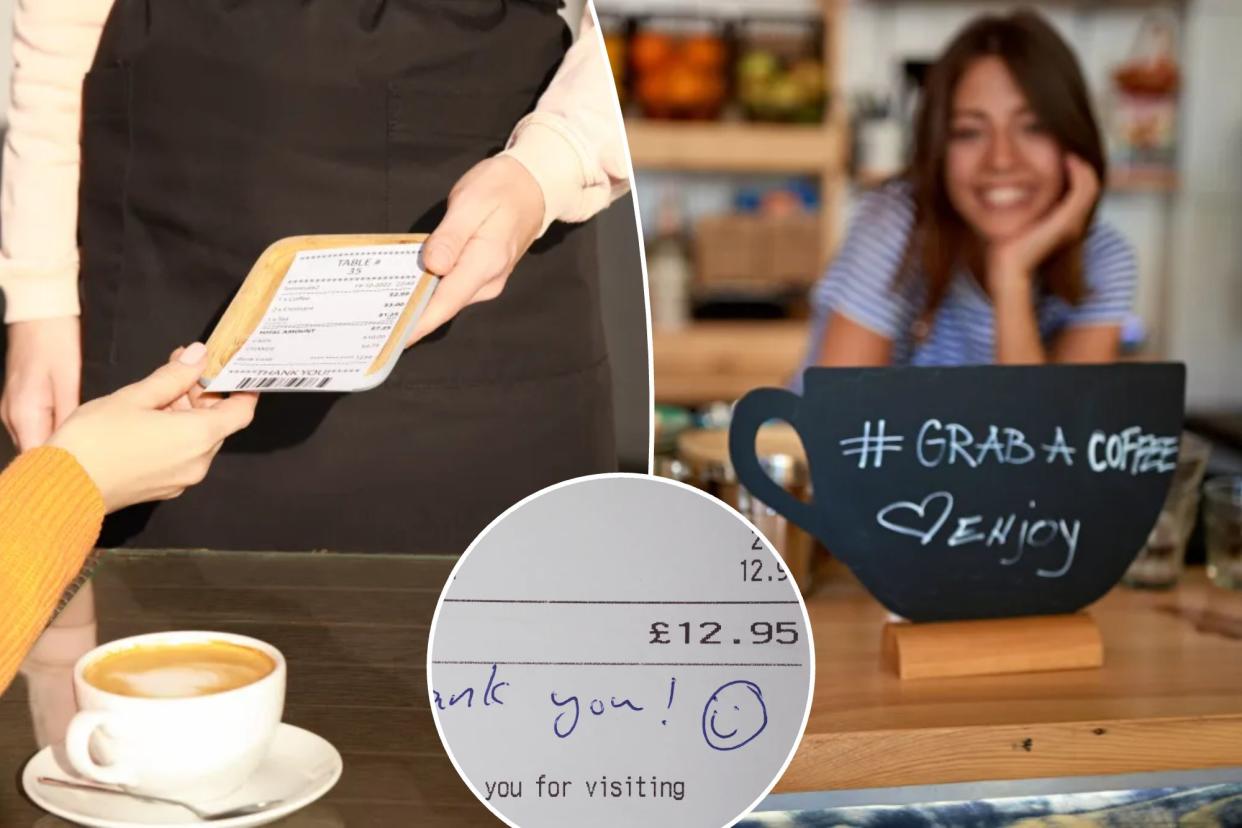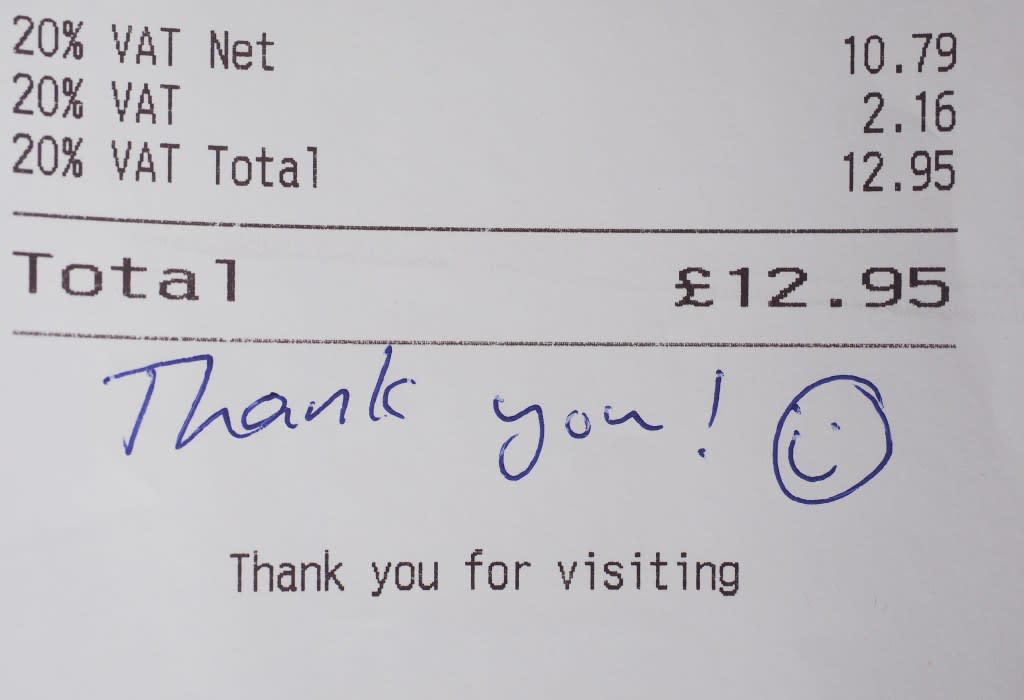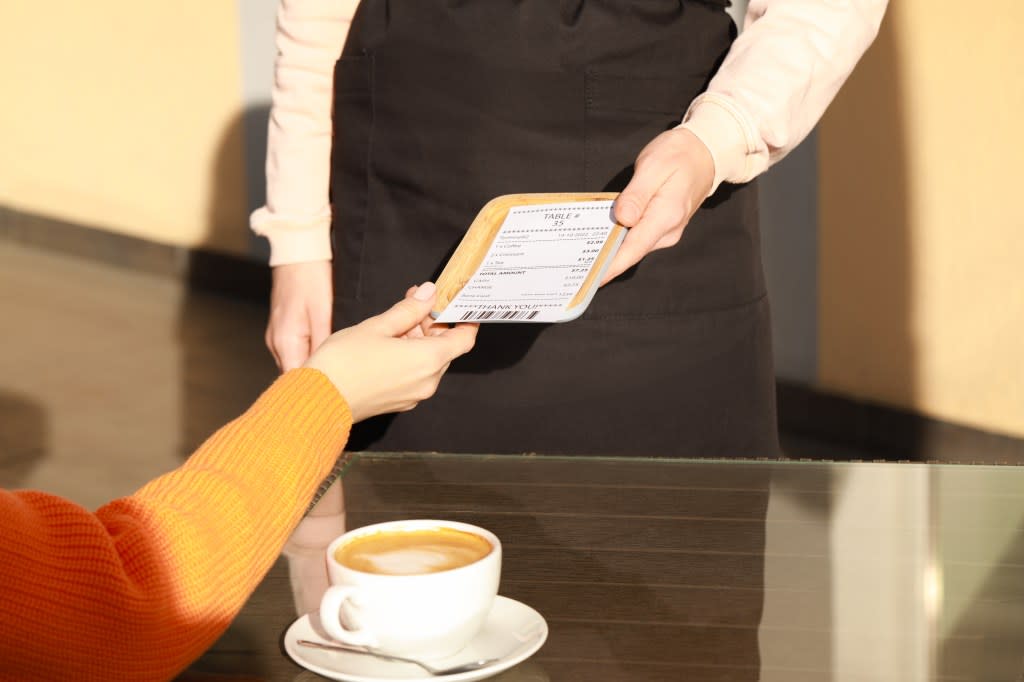Restaurants can convince customers to tip even more with this simple trick, study reveals

It goes to show that nothing beats service with a smile.
New research has found that putting a smiley face emoji on a bill can bolster the average restaurant server’s tip by a whopping 11%, according to a study published last month in the International Journal of Hospitality Management.
“We establish that when emojis are included with tip suggestions during the payment transaction, customers tip at a higher percentage than when no emojis are included,” the authors state.
Specifically, the largest increase in customer generosity came in scenarios where multiple emojis were shown with suggested tip amounts. Neutral faces accompanied lower gratuities and, as the recommended percentage grew, so did the emojis’ cheek-to-cheek smile.
At full-service restaurants, the presence of emojis saw rises in the average tip go from 22.86% to 25.38% — an overall 11% relative increase. Typically, a 18%-to-20% gratuity represents satisfaction.
As for food delivery apps, the average tip jumped about 10%, from 14.66% to 16.11%. Takeout orders saw the most growth — 32.8% — with a change from 12.61% to 16.75%.


The observations belie recent customer pushback against excessive tipping, with many expressing fatigue at constantly paying it forward.
“This effect is explained by positive emotions, such that the presence of emojis leads to a positive emotional experience for the customer, who in turn leaves a larger tip than they would when no emojis are included,” the researchers reason.
Specifically, seeing a smiley face stimulates a region of the brain called the occipitotemporal cortex, which internalizes facial perceptions.
“Smiles are the most direct signal of positive emotions,” the scientists add.

Recently, some customers have shared gripes over the tipping process — either over pressure to tip or perceived retaliation over not doing so.
A Salt Lake City customer, for one, claims a pizza place burnt their slices over not tipping, while another person felt blindsided when a salon prompted a 90% tip.
